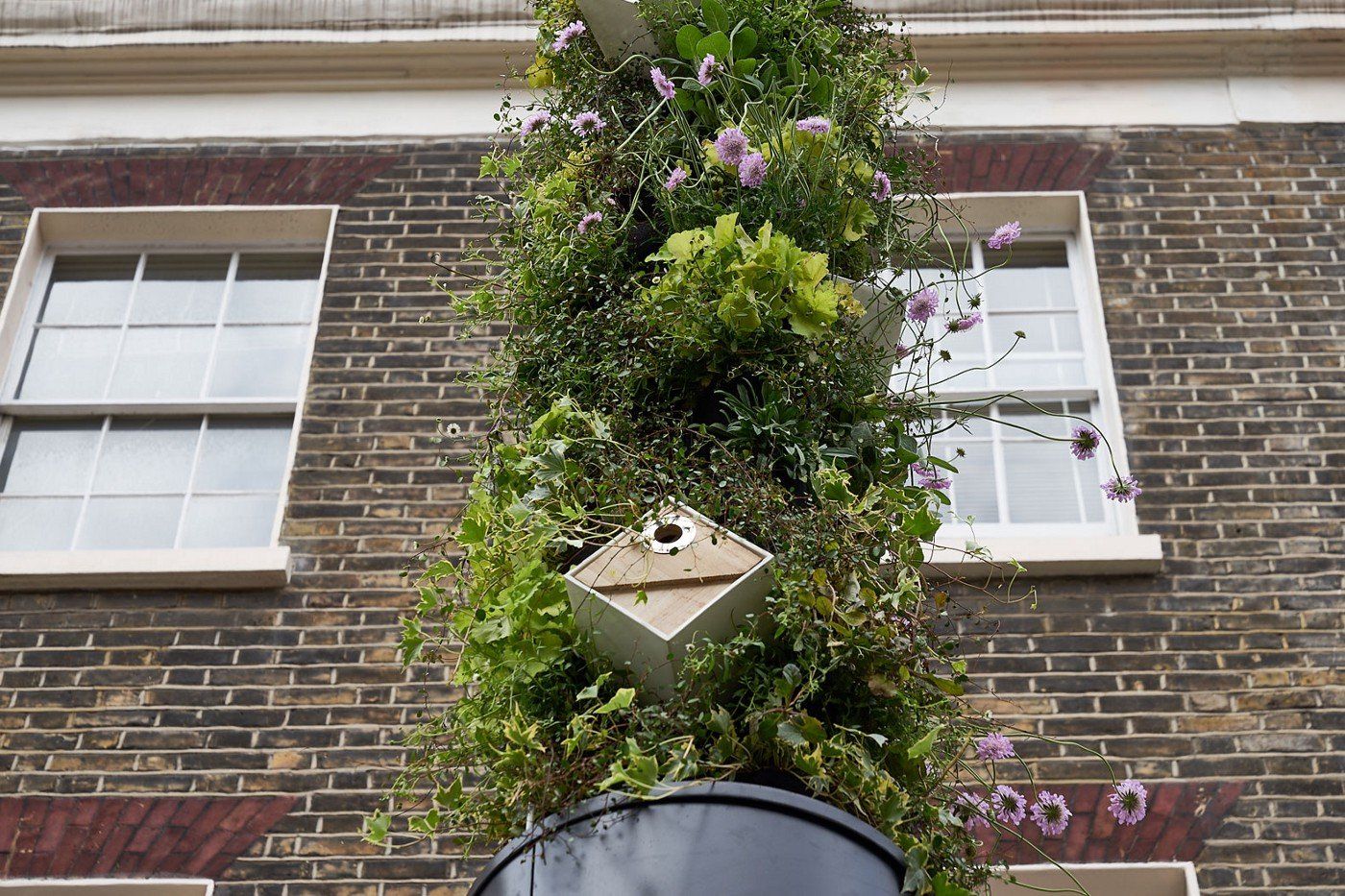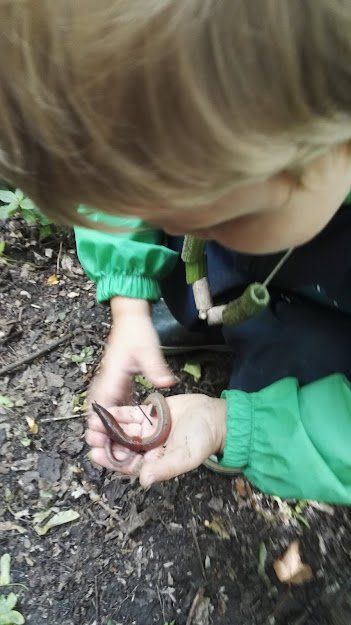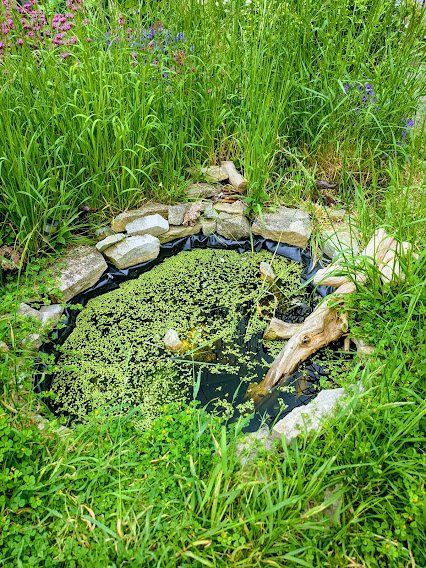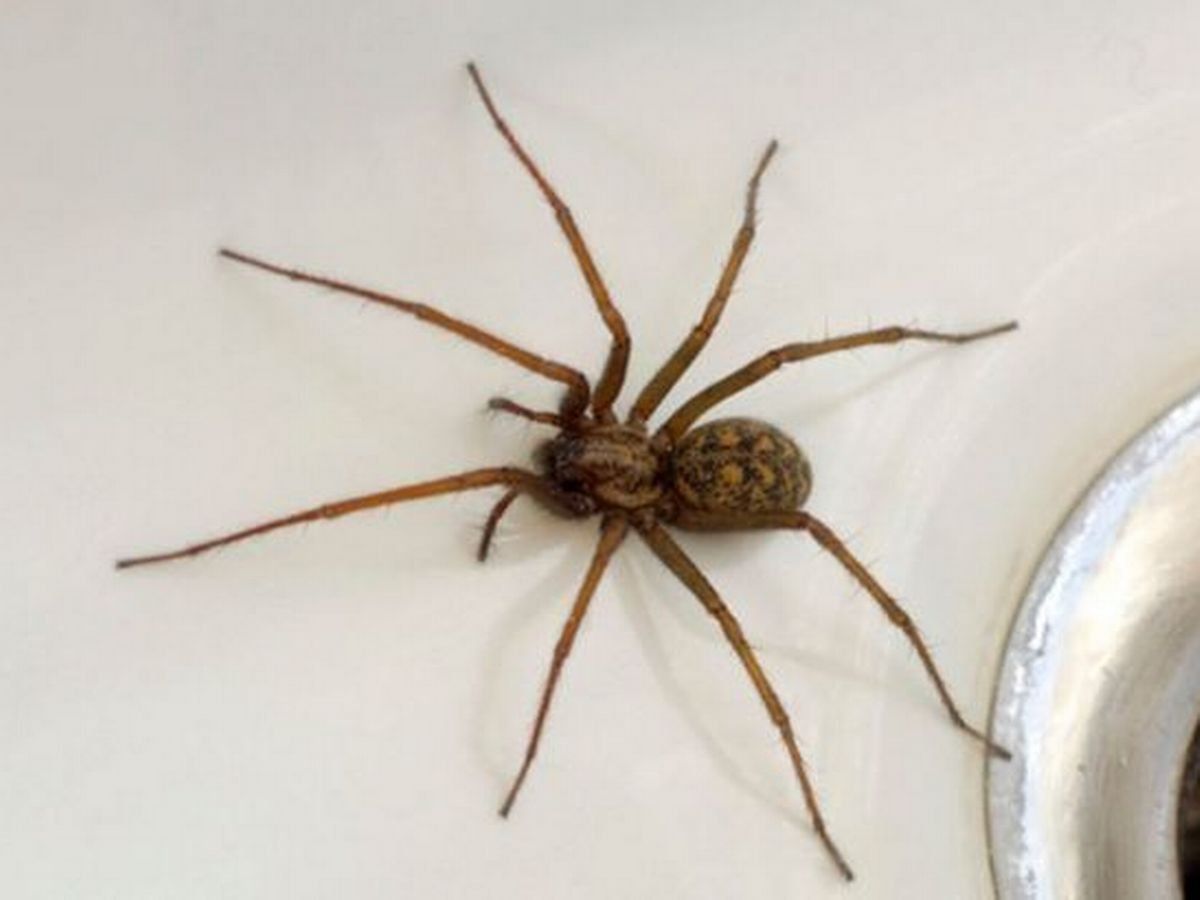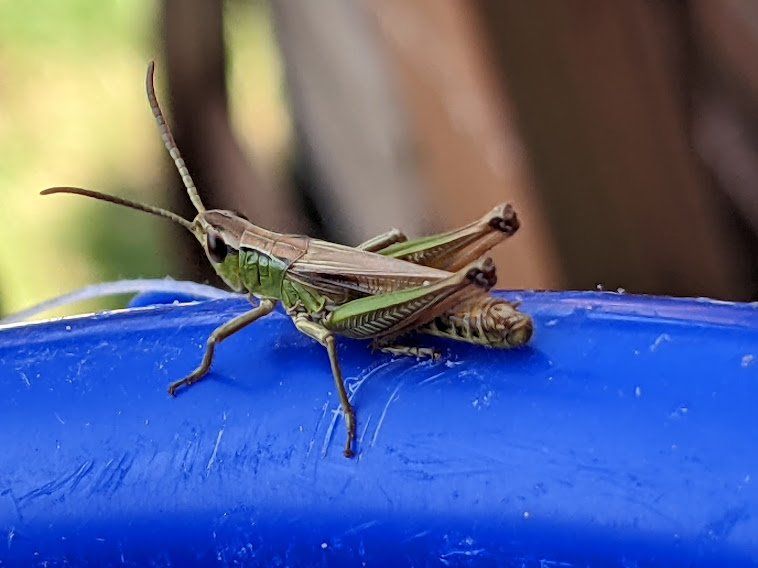by Zoe Costello
•
4 November 2021
When we moved into our house, the garden, both front and back was massively overgrown. It had been left relatively untended for 20 years. The result was a house barely visible from the road, a back garden that appeared half the size it was and a 30ft elderflower bush right outside the lounge window. And that's not to mention the brambles, the chicken wire, the 4ft thick hedge that encroached halfway across the pavement and the buried water manhole cover. So, one of the first tasks we did (I say we, I was 9 weeks pregnant at the time, so was entirely my husband's doing) when we moved in was to cut it all back. Woah!! I hear you cry! Aren't we meant to be saving the habitat? And yes, the answer is of course yes, but we also have to be sensible about it and this garden needed taking back, if only to save the house from the roots, allow people to pass unscathed along the footpath and have a safe space, without being scratched to death, for our children to explore. Being the beginning of March, we had a very limited time in which to do this before the birds starting nesting, so my husband gleefully purchased a chainsaw and got to work, much to the delight of the neighbours! To our astonishment, when we cut down the ridiculous 4ft thick hedge we found two 8 foot high beautiful variegated holly trees that had been buried inside. 7 years on, they continue to thrive and produce copious berries for the birds to enjoy. We uncovered an apple tree as we live on an old orchard site, which has led to numerous years of homemade, rather lethal, cider, and a cobnut tree. Our front garden is now open and we can see the house from the pavement. But what taking all this back has done, is allow us to see the potential in our garden, the potential for wildlife that is. We are fortunate to have a 30ft front garden that sets us back from the cul-de-sac we live in. And with the obvious enjoyment of our son and his never ending hunt for bugs, over the years we have started to develop this into a wildlife haven, much to the horror of my poor parents and their neat, clipped, weed free, ever tidy, garden. Round the side we have a giant log pile next to the compost bin. This has been a constant source of delight to my son, especially as we have a nest of slow worms in the compost that have been there for 4-5 years now. He will often go and check on them, and loves a warm day when they make their way to underneath the lid so he can see them properly. We have various bits of wood and stones around that he can turn over to find as many woodlice (we have thousands!), centipedes, millipedes, spiders, beetles and worms as he likes and watch them interact with the environment and other insects around them. We also have a variety of pots and containers hidden in nooks and crannies for toads and other animals to hide in. 2 years ago my husband dug us a small pond. And when I say small. It's only about 1m long by 50cm wide and not very deep. It is surrounded by stones and has a large log angled in from the side for animals to escape. We have a kneeling patch for the kids to peer into the depths. A stone otter that was a relic of the previous owners now lives in the centre of the pond and around the outside we have metal ducks, a huge metal flamingo standing in the tall grass and wildflowers and a concrete crocodile hiding in the long grass. The pond has been a constant source of delight, not just for my children and the neighbourhood children, but to my husband and I also. We frequently go out to inspect any new visitors. Since we installed it we have toads, frogs, newts, thousands of pond snails, water boat men, dragonflies and their nymphs, frogspawn, whirligig beetles and numerous other insects swimming about. We also see lots of flying insects around the pond so have set up a couple of low power solar lights to attract evening and night time insects. We have seen evidence of hedgehogs and have put a hedgehog igloo neatly hidden nearby. And on an evening you can see bats flying about attracted by the night time insects. For such a small pond it really is a myriad of wildlife and most definitely the best thing we have ever done for our garden. I thoroughly recommend doing this, you really don't need a lot of space at all to have such a massive impact on the local fauna and you never know what you might spot. We have a long way to go, and I reckon our garden will be a constantly adapting and ever changing environment as we find the happy medium between encouraging as much wildlife as possible and being able to maintain it. Ours is not a neat garden, far from it, but when I watch my little boy running through the grass as grasshoppers ping out of his way left and right and see him crouched down watching beetles and ants going about their life as he's turning over stones, I am not worried about neat. We are bringing up kids to understand the importance of animals of all shapes and sizes, especially the tiny ones, and that their habitat and environment matters, not just to their survival but to our survival too. We have a budding entomologist on our hands and I will encourage that in any way I can.
